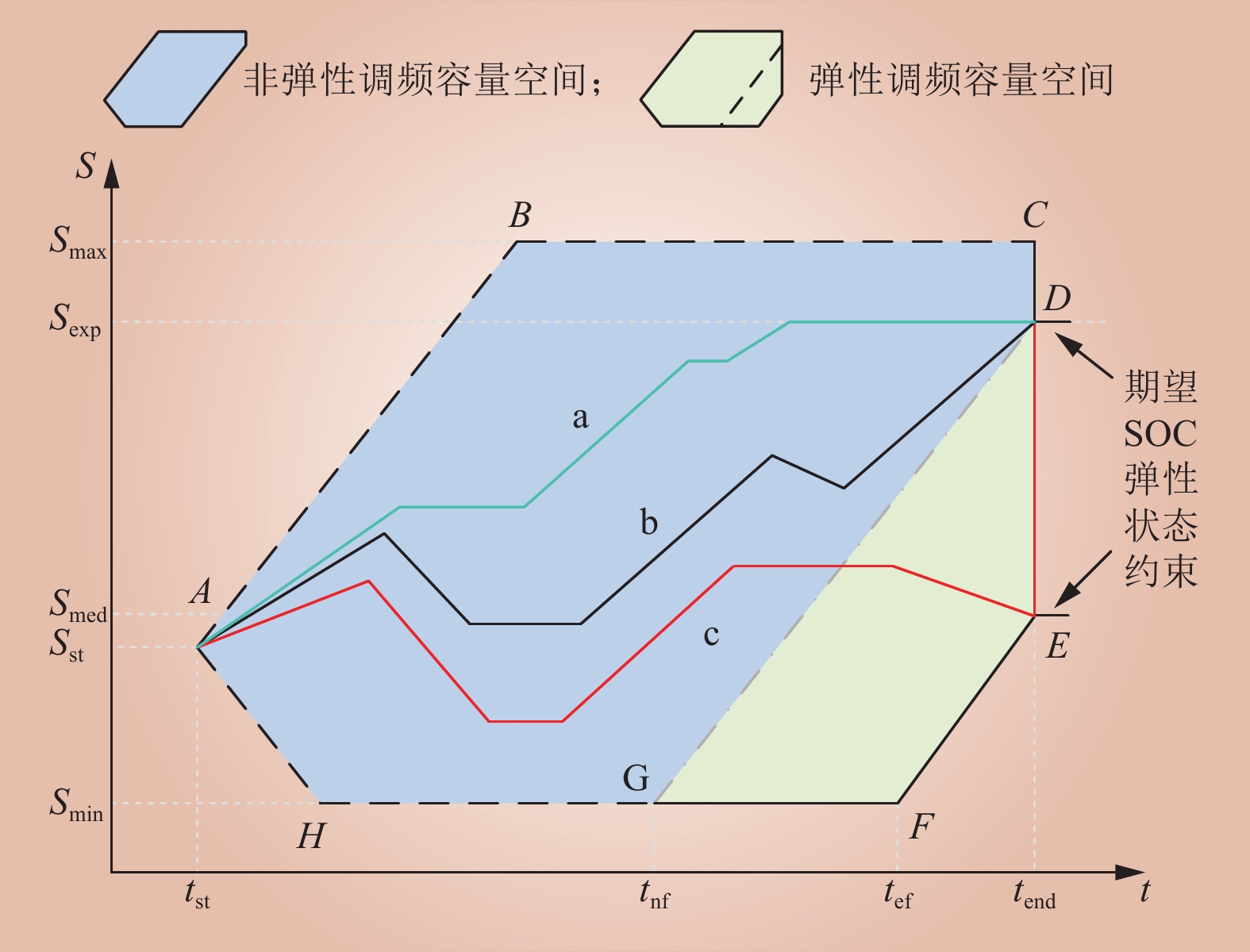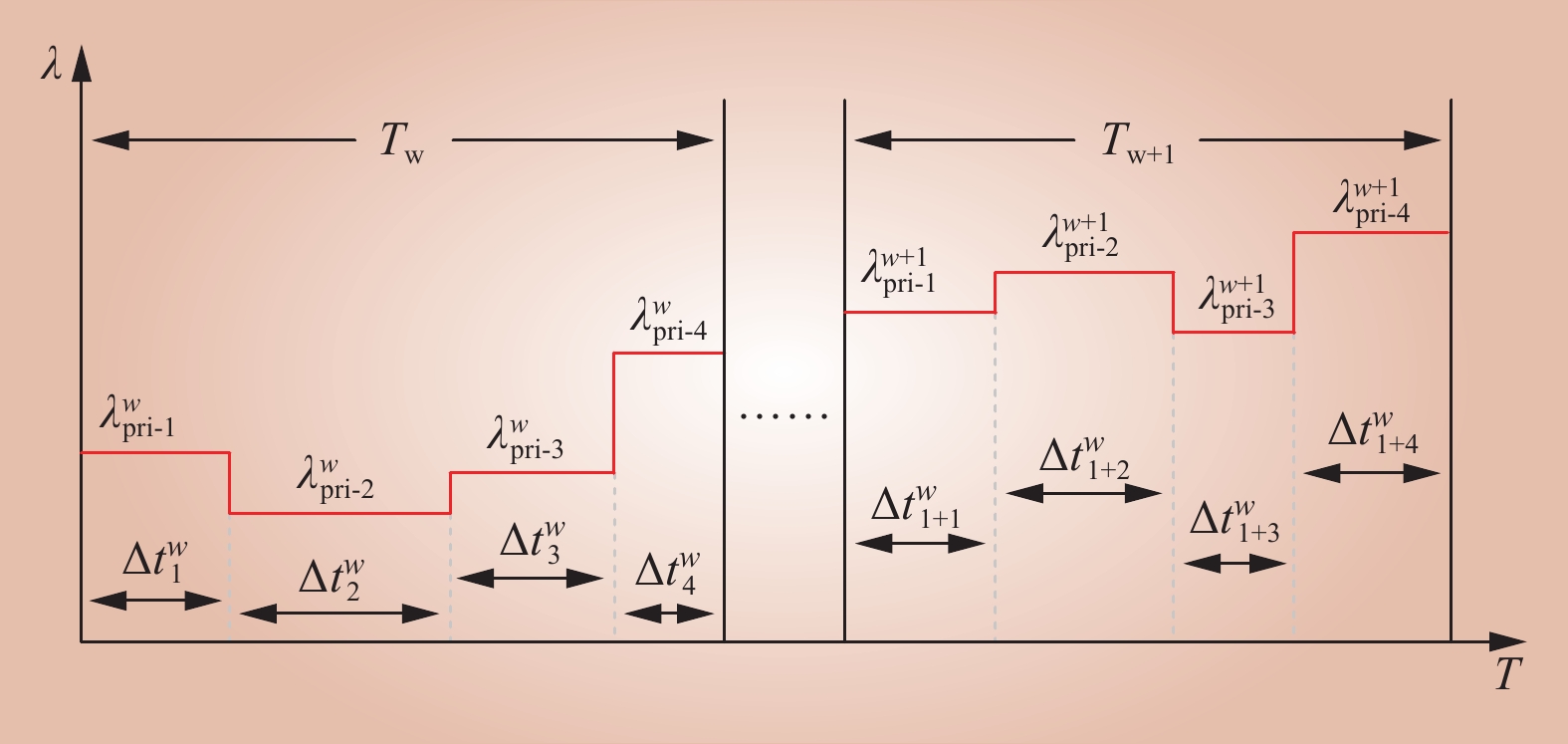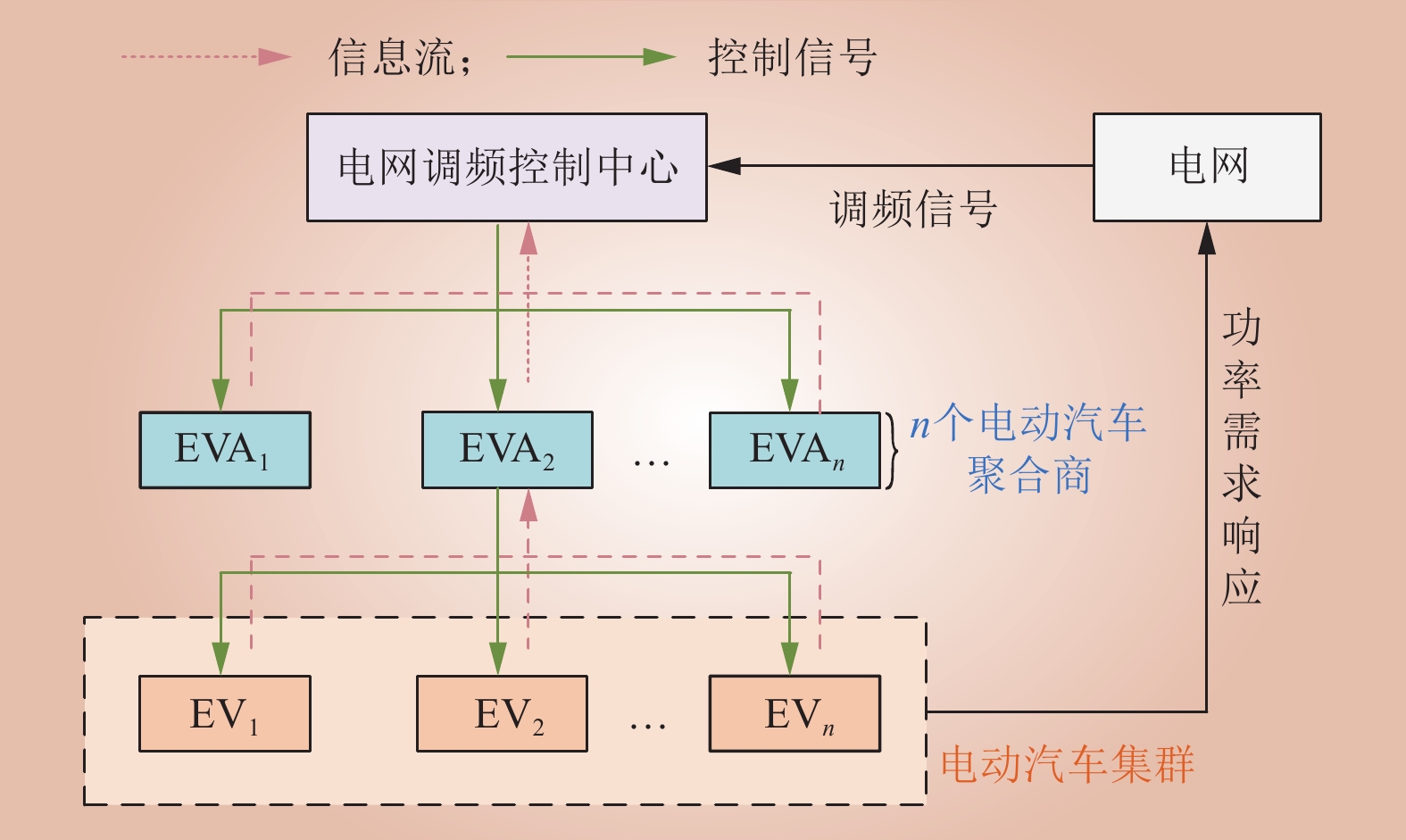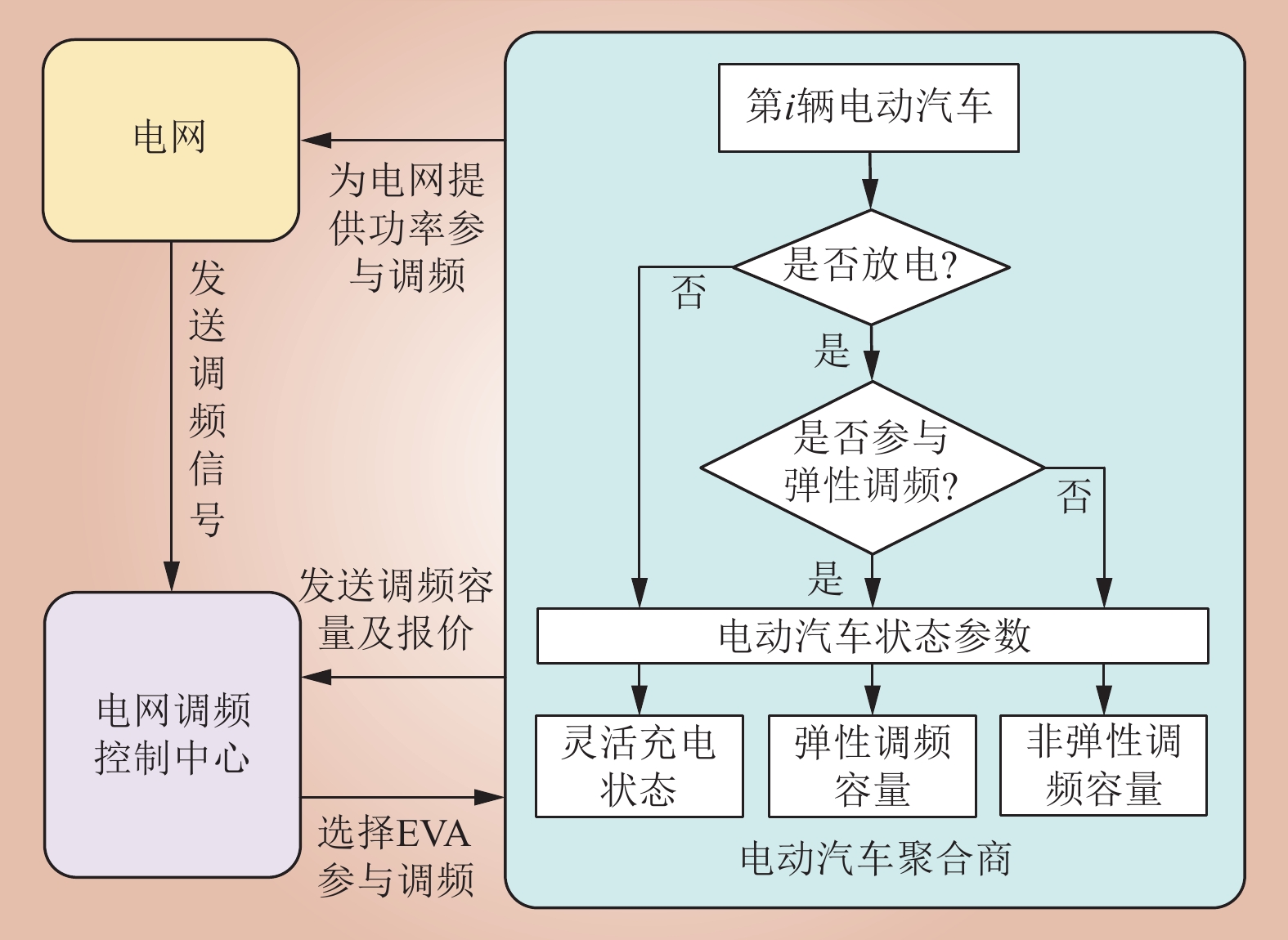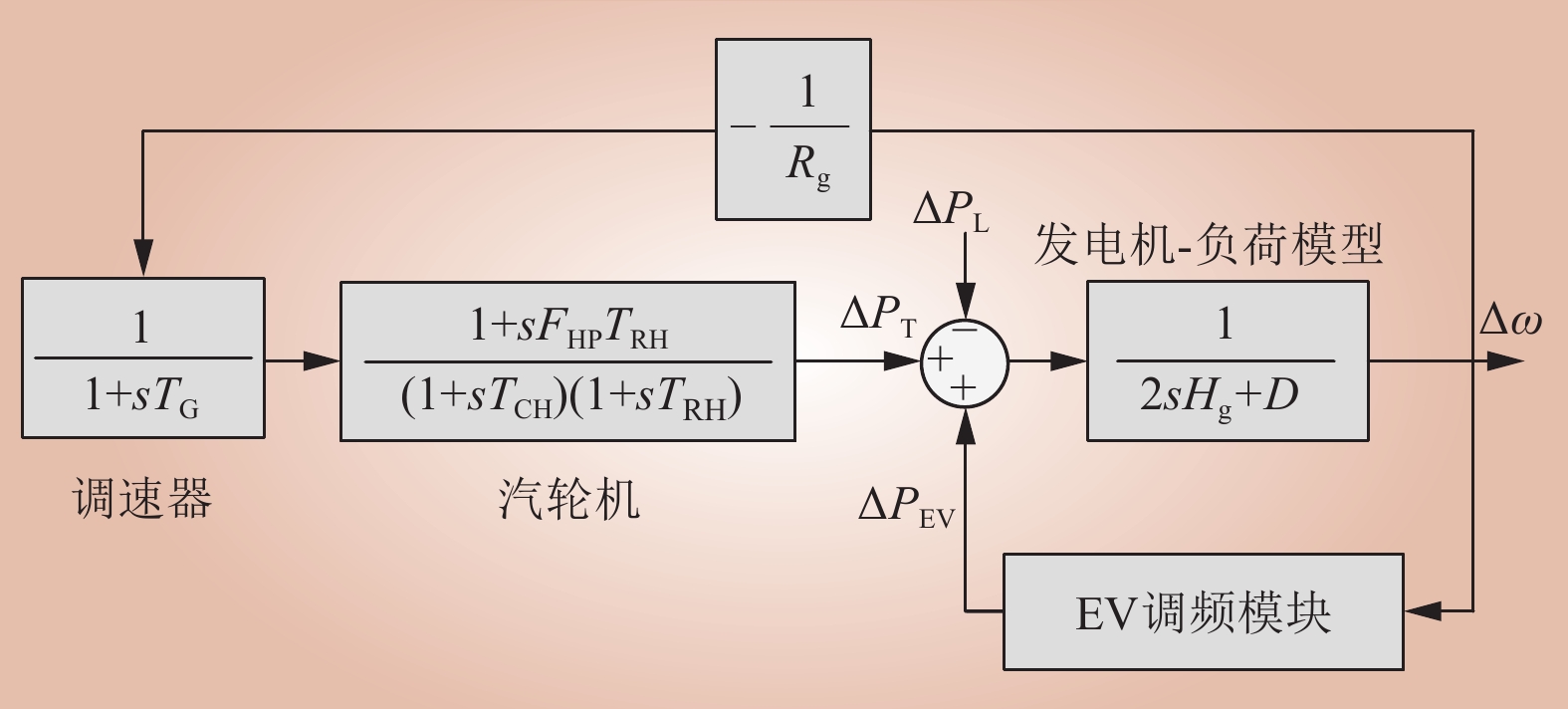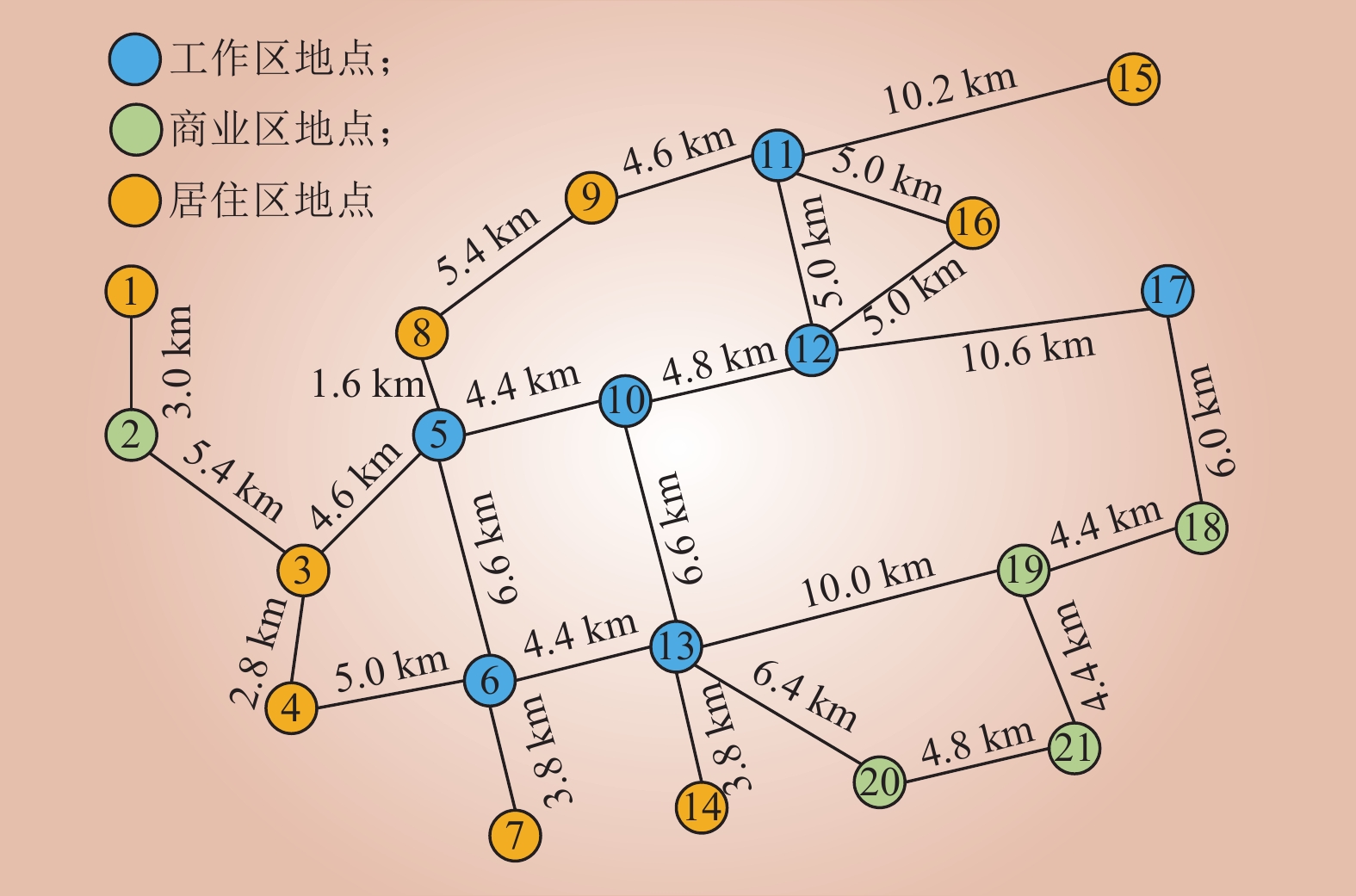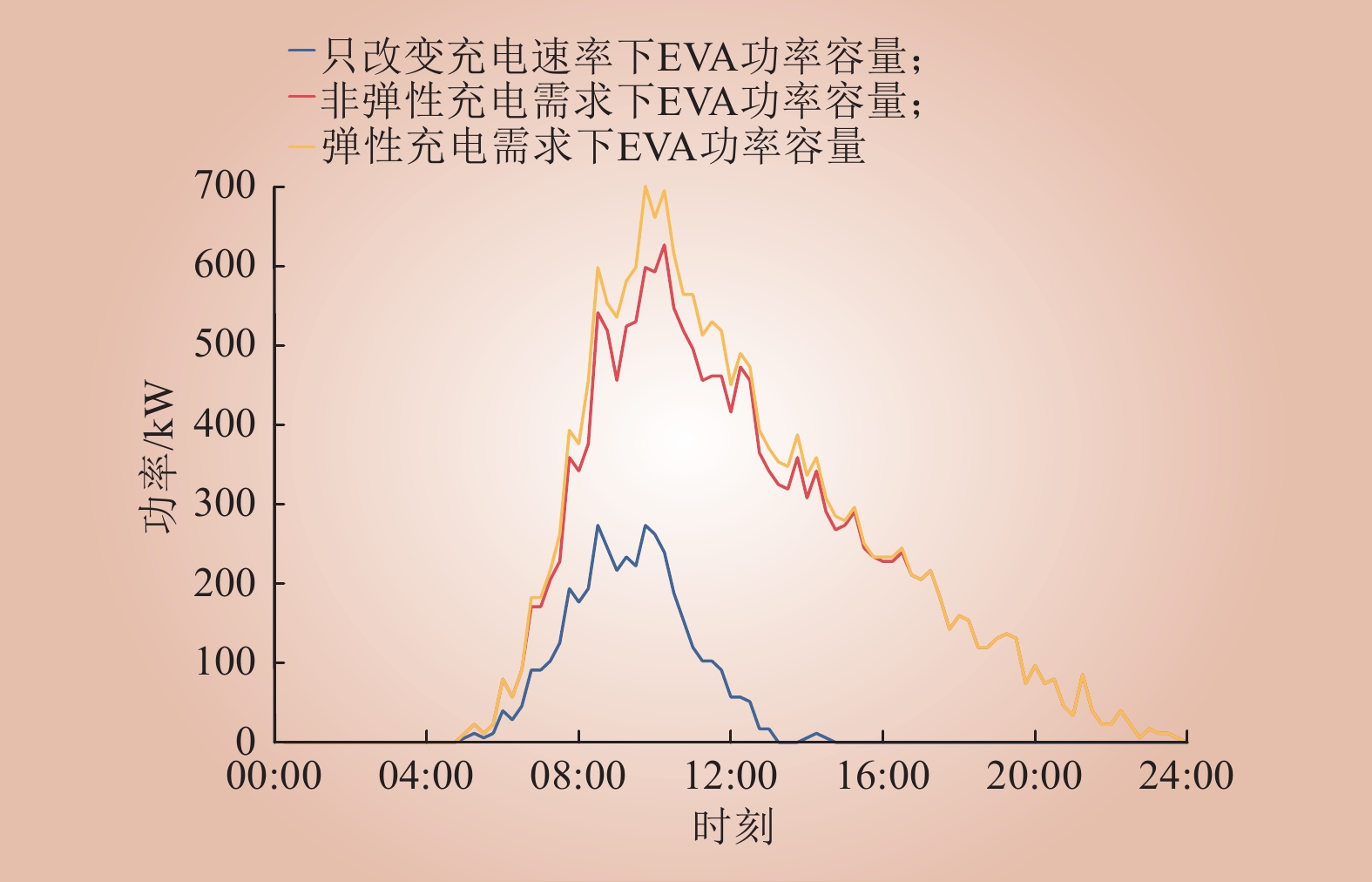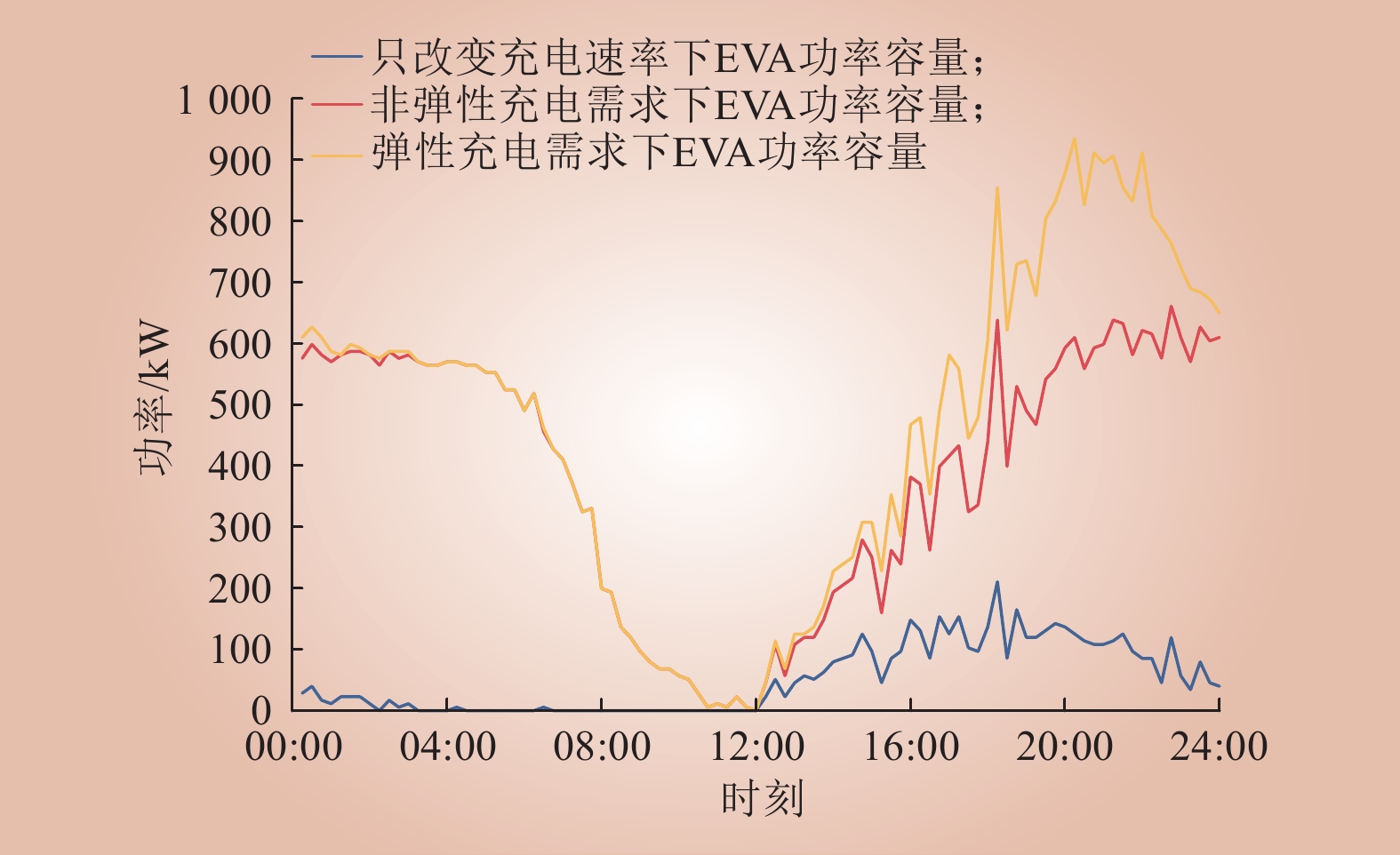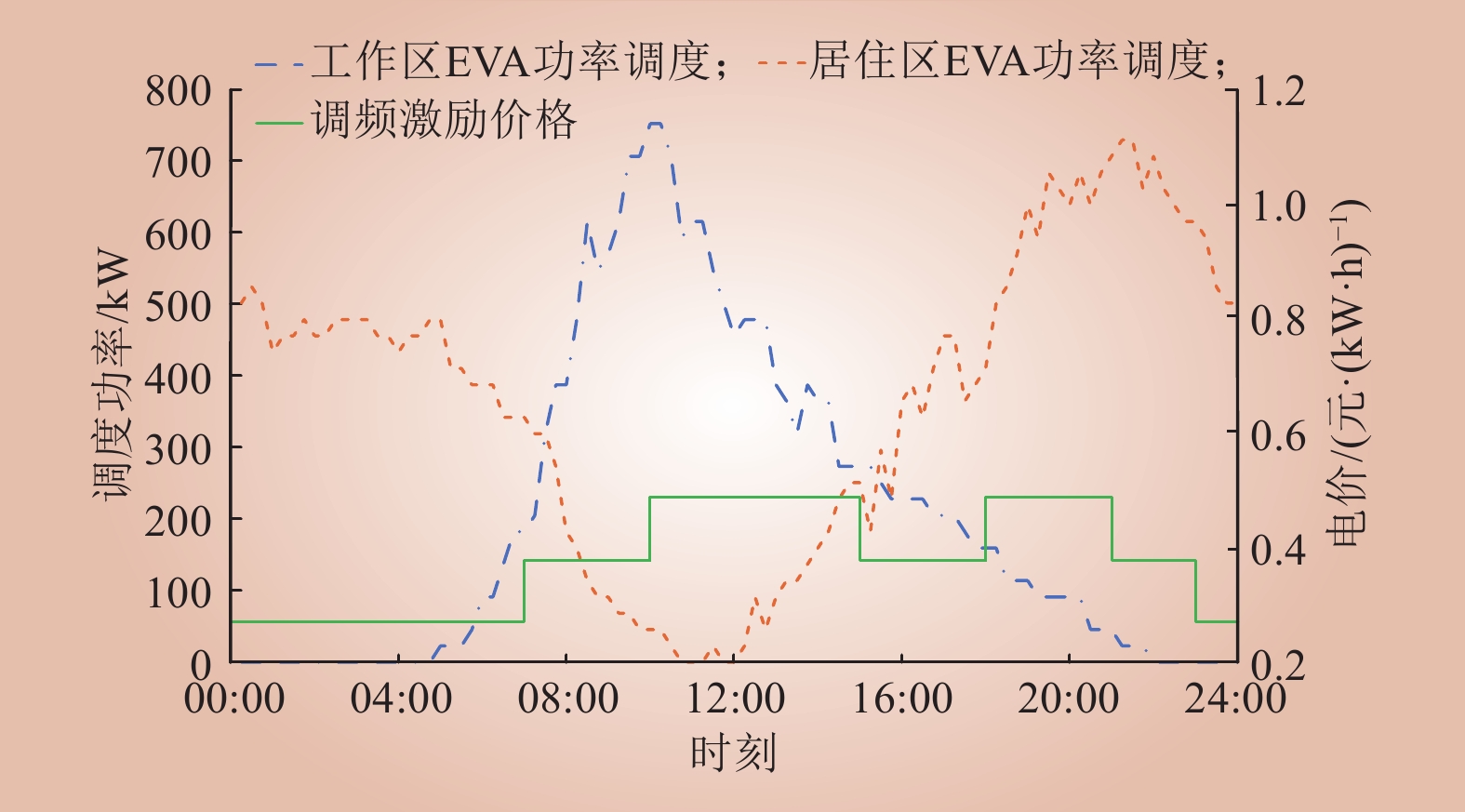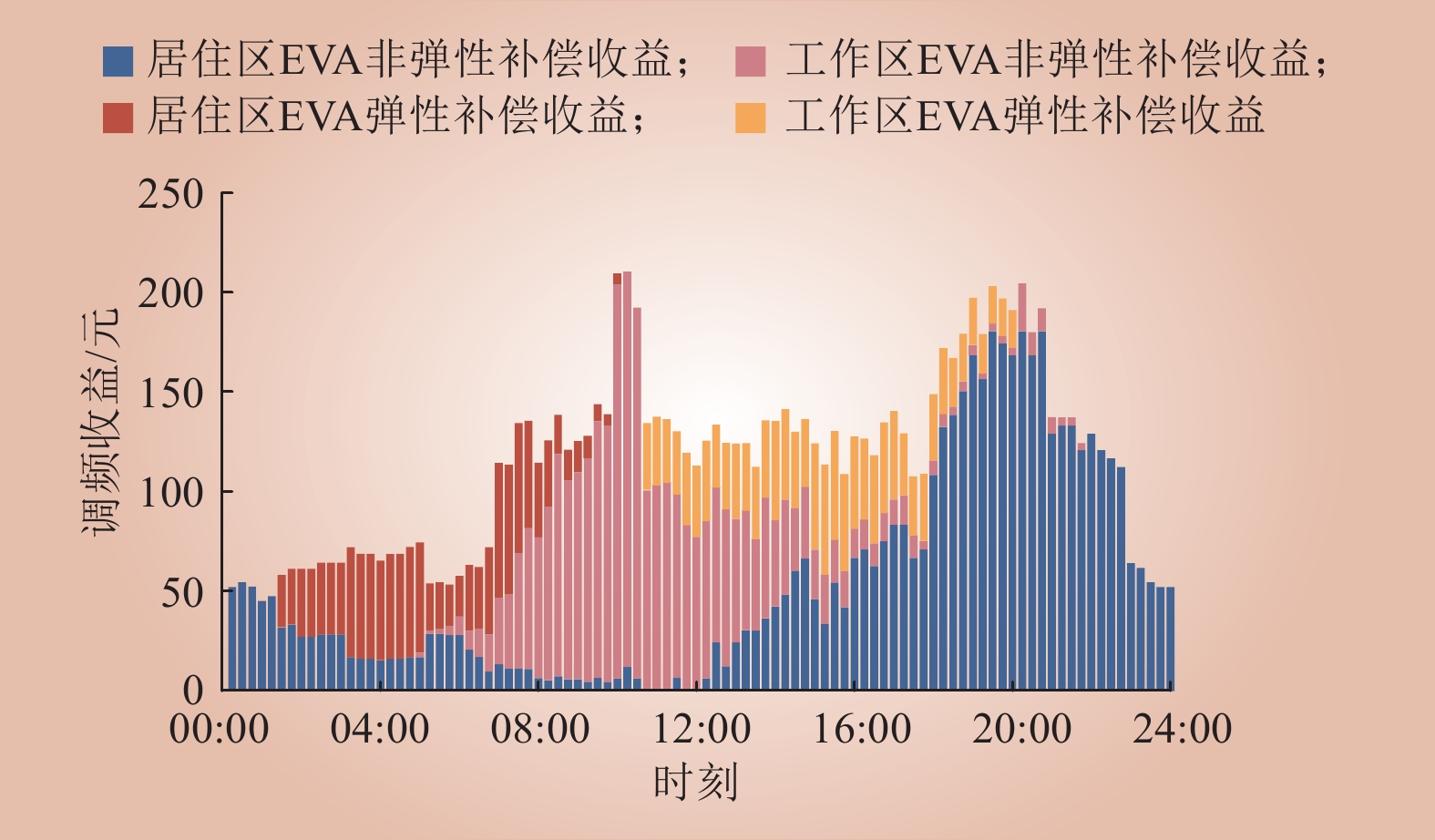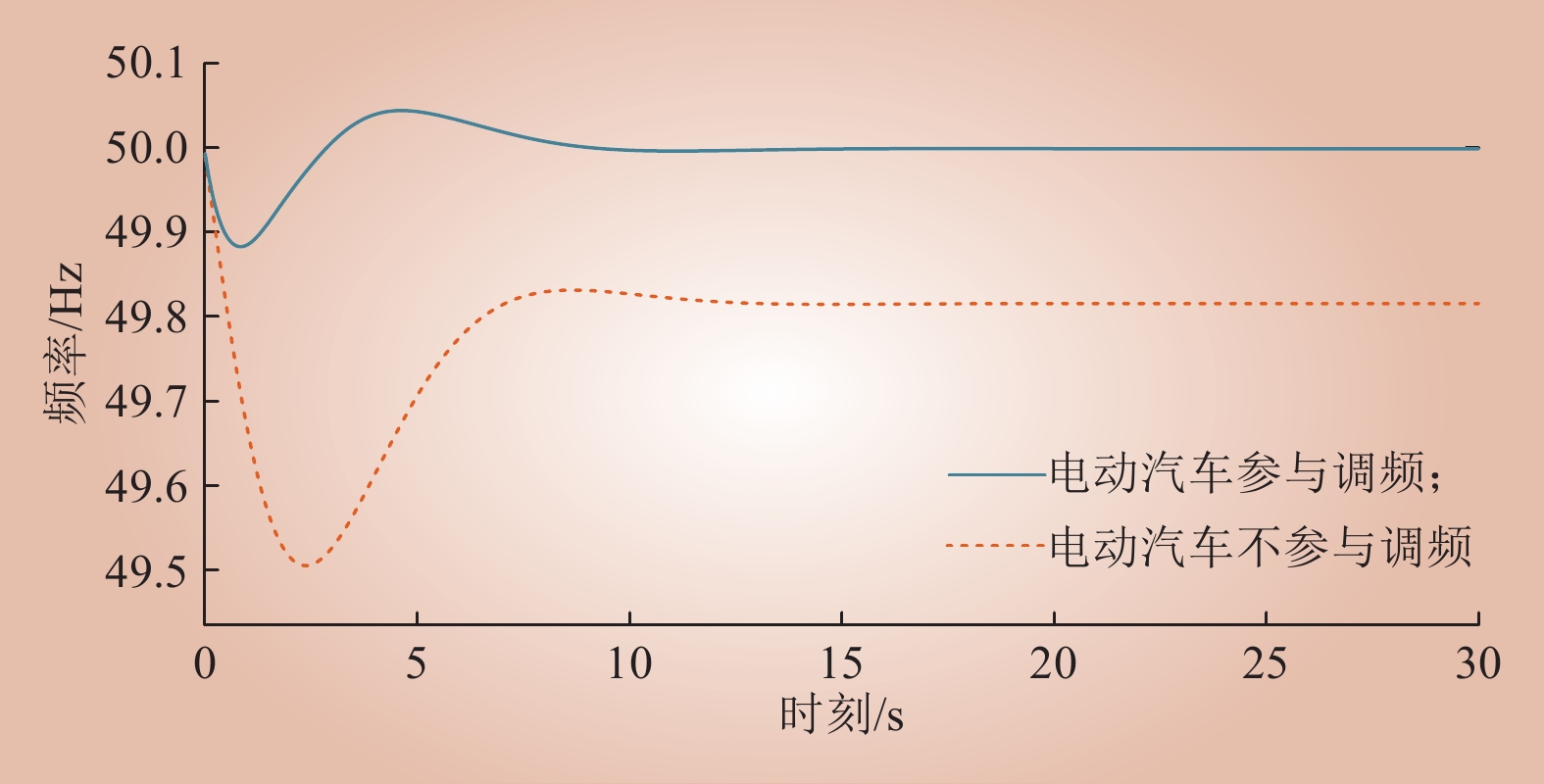| 1 |
张俊成, 黎敏, 刘志文, 等. 配电网用户侧多类型柔性资源调节能力评估方法[J]. 中国电力, 2023, 56 (9): 96- 103, 119.
|
|
ZHANG Juncheng, LI Min, LIU Zhiwen, et al. An evaluation method for multi-type flexible resource regulation capability on the user side of distribution networks[J]. Electric Power, 2023, 56 (9): 96- 103, 119.
|
| 2 |
于凤娇, 王典, 李润宇. 计及需求侧响应的分布式电源并网优化策略[J]. 东北电力大学学报, 2022, 42 (2): 92- 103.
|
|
YU Fengjiao, WANG Dian, LI Runyu. Optimization strategy for grid connection of distributed generation considering demand side response[J]. Journal of Northeast Electric Power University, 2022, 42 (2): 92- 103.
|
| 3 |
中华人民共和国中央人民政府. 国务院办公厅关于印发新能源汽车产业发展规划(2021—2035年)的通知[EB/OL]. (2020-11-02) [2024-06-18]. https://www.gov.cn/gongbao/content/2020/content_5560291.htm.
|
| 4 |
马艳红, 张炜函. 考虑充放电成本的V2G参与用户细分及激励机制研究[J]. 智慧电力, 2024, 52 (5): 31- 36, 51.
DOI
|
|
MA Yanhong, ZHANG Weihan. V2G participating in user segmentation & incentive mechanism considering charging and discharging cost[J]. Smart Power, 2024, 52 (5): 31- 36, 51.
DOI
|
| 5 |
夏晖, 张敏, 刘志强, 等. 新能源项目运营技术经济分析及其对发展的影响[J]. 电力科技与环保, 2023, 39 (6): 543- 552.
|
|
XIA Hui, ZHANG Min, LIU Zhiqiang, et al. Investigate on the impact factors of operational capability for new energy projects[J]. Electric Power Technology and Environmental Protection, 2023, 39 (6): 543- 552.
|
| 6 |
安佳坤, 杨书强, 王涛, 等. 电动汽车聚合下的微能源互联网优化调度策略[J]. 中国电力, 2023, 56 (5): 80- 88.
|
|
AN Jiakun, YANG Shuqiang, WANG Tao, et al. Optimal scheduling strategy for micro energy Internet under electric vehicles aggregation[J]. Electric Power, 2023, 56 (5): 80- 88.
|
| 7 |
陈浩, 胡俊杰, 袁海峰, 等. 计及配电网拥塞的集群电动汽车参与二次调频方法研究[J]. 中国电力, 2021, 54 (12): 162- 169.
|
|
CHEN Hao, HU Junjie, YUAN Haifeng, et al. Research on supplementary frequency regulation with aggregated electric vehicles considering distribution network congestion[J]. Electric Power, 2021, 54 (12): 162- 169.
|
| 8 |
吴盛军, 曹路, 陈浩, 等. 基于充放电裕度的电动汽车集群一次调频控制策略[J]. 电力工程技术, 2024, 43 (2): 154- 162, 188.
DOI
|
|
WU Shengjun, CAO Lu, CHEN Hao, et al. Primary frequency regulation control strategy for electric vehicle aggregation based on charging and discharging margin[J]. Electric Power Engineering Technology, 2024, 43 (2): 154- 162, 188.
DOI
|
| 9 |
赵梓潼, 顾兵. 需求响应下基于电动汽车负荷聚合商的充放电电价与时段研究[J]. 东北电力大学学报, 2023, 43 (6): 79- 86.
|
|
ZHAO Zitong, GU Bing. Research on charging and discharging price and time period basedon electric vehicle load aggregator under demand response[J]. Journal of Northeast Electric Power University, 2023, 43 (6): 79- 86.
|
| 10 |
LIU H, QI J J, WANG J H, et al. EV dispatch control for supplementary frequency regulation considering the expectation of EV owners[J]. IEEE Transactions on Smart Grid, 2018, 9 (4): 3763- 3772.
DOI
|
| 11 |
IQBAL S, XIN A, JAN M U, et al. Aggregation of evs for primary frequency control of an industrial microgrid by implementing grid regulation & charger controller[J]. IEEE Access, 2020, 8, 141977- 141989.
DOI
|
| 12 |
WANG M, MU Y, SHI Q, et al. Electric vehicle aggregator modeling and control for frequency regulation considering progressive state recovery[J]. IEEE Transactions on Smart Grid, 2020, 11 (5): 4176- 4189.
DOI
|
| 13 |
高爽, 戴如鑫. 电动汽车集群参与调频辅助服务市场的充电调控策略[J]. 电力系统自动化, 2023, 47 (18): 60- 67.
DOI
|
|
GAO Shuang, DAI Ruxin. Charging control strategy for electric vehicle aggregation participating in frequency regulation ancillary service market[J]. Automation of Electric Power Systems, 2023, 47 (18): 60- 67.
DOI
|
| 14 |
葛乐, 王庆园, 王明深, 等. 考虑充放电激励机制的电动汽车聚合商参与能量-调频市场多阶段运营策略[J]. 电力自动化设备, 2024, 44 (6): 176- 184.
|
|
GE Le, WANG Qingyuan, WANG Mingshen, et al. Multi-stage operation strategy of electric vehicle aggregator participating in energy and frequency regulation markets considering charging and discharging incentive mechanisms[J]. Electric Power Automation Equipment, 2024, 44 (6): 176- 184.
|
| 15 |
侯慧, 唐俊一, 王逸凡, 等. 价格与激励联合需求响应下电动汽车长时间尺度充放电调度[J]. 电力系统自动化, 2022, 46 (15): 46- 55.
DOI
|
|
HOU Hui, TANG Junyi, WANG Yifan, et al. Long-time-scale charging and discharging scheduling of electric vehicles under joint price and incentive demand response[J]. Automation of Electric Power Systems, 2022, 46 (15): 46- 55.
DOI
|
| 16 |
TAO Y C, QIU J, LAI S Y. Deep reinforcement learning based bidding strategy for EVAs in local energy market considering information asymmetry[J]. IEEE Transactions on Industrial Informatics, 2022, 18 (6): 3831- 3842.
DOI
|
| 17 |
崔岩, 胡泽春, 段小宇. 考虑充电需求空间灵活性的电动汽车运行优化研究综述[J]. 电网技术, 2022, 46 (3): 981- 994.
|
|
CUI Yan, HU Zechun, DUAN Xiaoyu. Review on the electric vehicles operation optimization considering the spatial flexibility of electric vehicles charging demands[J]. Power System Technology, 2022, 46 (3): 981- 994.
|
| 18 |
陈丽丹, 张尧, Antonio Figueiredo. 融合多源信息的电动汽车充电负荷预测及其对配电网的影响[J]. 电力自动化设备, 2018, 38 (12): 1- 10.
|
|
CHEN Lidan, ZHANG Yao, FIGUEIREDO A. Charging load forecasting of electric vehicles based on multi-source information fusion and its influence on distribution network[J]. Electric Power Automation Equipment, 2018, 38 (12): 1- 10.
|
| 19 |
IVERSEN E B, MØLLER J K, MORALES J M, et al. Inhomogeneous Markov models for describing driving patterns[J]. IEEE Transactions on Smart Grid, 2017, 8 (2): 581- 588.
|
| 20 |
邢强, 陈中, 冷钊莹, 等. 基于实时交通信息的电动汽车路径规划和充电导航策略[J]. 中国电机工程学报, 2020, 40 (2): 534- 550.
|
|
XING Qiang, CHEN Zhong, LENG Zhaoying, et al. Route planning and charging navigation strategy for electric vehicles based on real-time traffic information[J]. Proceedings of the CSEE, 2020, 40 (2): 534- 550.
|
| 21 |
新能源汽车国家大数据联盟. 中国小型纯电动乘用车出行大数据报告[R]. 北京: 新能源汽车国家大数据联盟, 2020.
|
|
National Big Data Alliance of New Energy Vehicles. Big data report on China's small pure electric passenger vehicle travel[R]. Beijing: National Big Data Alliance of New Energy Vehicles, 2020.
|
| 22 |
禤宗衡, 荆朝霞, 叶文圣, 等. 考虑储能灵活能量状态的新型电能量市场机制[J]. 电网技术, 2022, 46 (10): 3810- 3823.
|
|
XUAN Zongheng, JING Zhaoxia, YE Wensheng, et al. New energy market mechanism considering flexible state of energy in energy storage[J]. Power System Technology, 2022, 46 (10): 3810- 3823.
|
| 23 |
徐俊俊, 程奕凌, 张腾飞, 等. 计及充电行为特征与可调性的电动汽车集群优化调度[J]. 电力系统自动化, 2023, 47 (23): 23- 32.
DOI
|
|
XU Junjun, CHENG Yiling, ZHANG Tengfei, et al. Optimal scheduling of electric vehicle clusters considering characteristics and adjustability of charging behavior[J]. Automation of Electric Power Systems, 2023, 47 (23): 23- 32.
DOI
|
| 24 |
王秀茹, 黄小庆, 段建焱, 等. 电池健康状态对电动汽车充电负荷计算的影响[J]. 南方电网技术, 2023, 17 (7): 65- 73.
|
|
WANG Xiuru, HUANG Xiaoqing, DUAN Jianyan, et al. Influence of state of health of battery on EV charging load calculation[J]. Southern Power System Technology, 2023, 17 (7): 65- 73.
|
| 25 |
SAXENA S, HENDRICKS C, PECHT M. Cycle life testing and modeling of graphite/LiCoO2 cells under different state of charge ranges[J]. Journal of Power Sources, 2016, 327, 394- 400.
DOI
|
| 26 |
周椿奇, 向月, 童话, 等. 轨迹数据驱动的电动汽车充电需求及V2G可调控容量估计[J]. 电力系统自动化, 2022, 46 (12): 46- 55.
DOI
|
|
ZHOU Chunqi, XIANG Yue, TONG Hua, et al. Trajectory-data-driven estimation of electric vehicle charging demand and vechicle-to-grid regulable capacity[J]. Automation of Electric Power Systems, 2022, 46 (12): 46- 55.
DOI
|
| 27 |
祁兵, 陈淑娇, 李彬, 等. 计及用户满意度的可调节负荷资源需求响应优化策略研究[J]. 内蒙古电力技术, 2023, 41 (3): 43- 50.
|
|
QI Bing, CHEN Shujiao, LI Bin, et al. Research on demand response optimization strategy of adjustable load resource considering user satisfaction[J]. Inner Mongolia Electric Power, 2023, 41 (3): 43- 50.
|
| 28 |
YANG W, XIANG Y, LIU J Y, et al. Agent-based modeling for scale evolution of plug-in electric vehicles and charging demand[J]. IEEE Transactions on Power Systems, 2018, 33 (2): 1915- 1925.
DOI
|
| 29 |
KUNDUR P. Power system stability and control[M]. McGraw-Hill, Companies, Inc, 1994.
|
| 30 |
RAUTIAINEN A, REPO S, JARVENTAUSTA P, et al. Statistical charging load modeling of PHEVs in electricity distribution networks using national travel survey data[J]. IEEE Transactions on Smart Grid, 2012, 3 (4): 1650- 1659.
DOI
|
| 31 |
DENG X S, ZHANG Q, LI Y, et al. Hierarchical distributed frequency regulation strategy of electric vehicle cluster considering demand charging load optimization[C]//2020 IEEE 3rd Student Conference on Electrical Machines and Systems (SCEMS). Jinan, China. IEEE, 2020: 959–969.
|
| 32 |
潘振宁, 余涛, 王克英. 考虑多方主体利益的大规模电动汽车分布式实时协同优化[J]. 中国电机工程学报, 2019, 39 (12): 3528- 3541.
|
|
PAN Zhenning, YU Tao, WANG Keying. Decentralized coordinated dispatch for real-time optimization of massive electric vehicles considering various interests[J]. Proceedings of the CSEE, 2019, 39 (12): 3528- 3541.
|
| 33 |
SONG M, AMELIN M. Purchase bidding strategy for a retailer with flexible demands in day-ahead electricity market[C]//2017 IEEE Manchester PowerTech. Manchester, UK. IEEE, 2017: 1.
|




